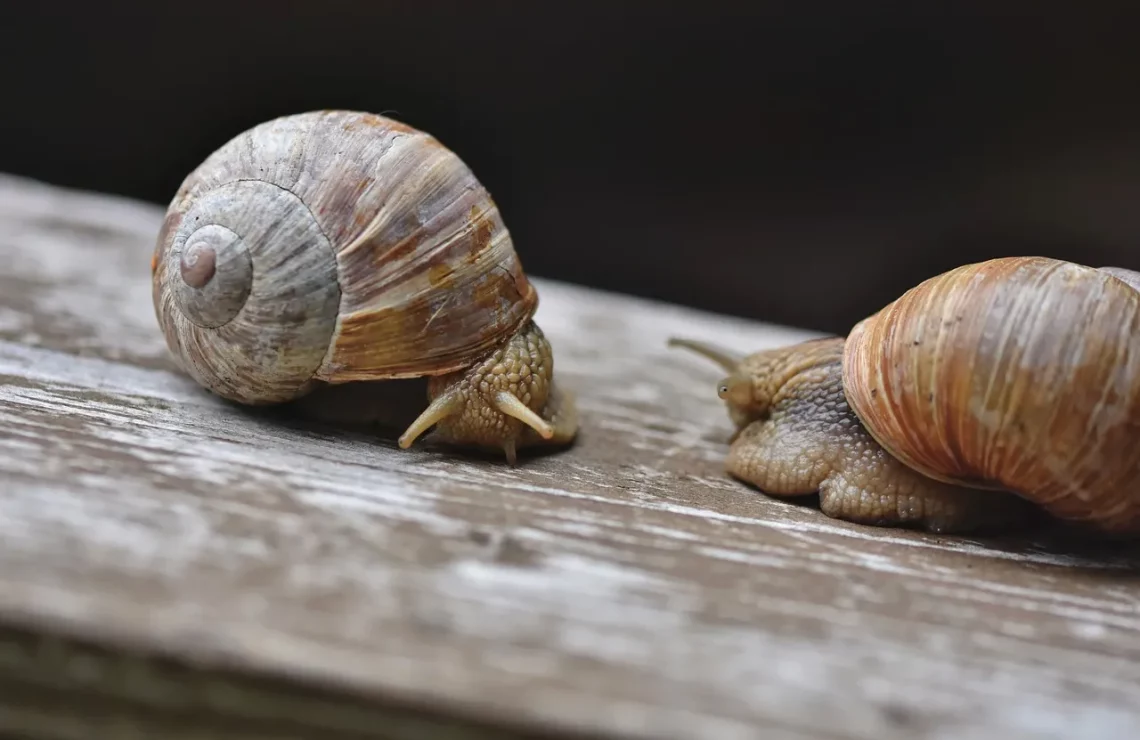
Effective Solutions for Controlling Snails with Snail Pellets
Controlling snails in gardens and agricultural lands is a challenge faced by many gardeners and farmers alike. These slimy creatures, although seemingly harmless, can wreak havoc on crops and plants, leading to significant economic losses and frustration for those dedicated to nurturing their greenery. Snails thrive in moist environments, making gardens, especially those with ample water and vegetation, prime targets for their destructive feeding habits.
The presence of snails can be particularly disheartening as they consume a variety of plants, including vegetables, fruits, and ornamental flowers. Their appetite for young seedlings can hinder growth and lead to the demise of entire plants. As a result, finding effective solutions to manage snail populations is crucial for maintaining a healthy and thriving garden.
While various methods exist for controlling snails, the use of snail pellets has gained popularity among gardeners and agriculturalists. These pellets are designed to attract and eliminate snails, providing a targeted approach to pest management. However, understanding how to use them effectively, along with considering other control methods, is essential for achieving optimal results. With the right strategies and knowledge, it is possible to reclaim your garden from these pesky invaders and promote a flourishing landscape.
Understanding Snail Behavior and Habitats
To effectively control snails, it is crucial to understand their behavior and preferred habitats. Snails are primarily nocturnal creatures, emerging at night to feed on plants. During the day, they seek refuge in damp, shaded areas, making gardens with dense foliage or mulch particularly appealing.
Snails thrive in warm, moist conditions, which is why they are often found in gardens that are overwatered or have poor drainage. They are attracted to decaying organic matter, which serves as both food and shelter. By recognizing these environmental conditions, gardeners can take proactive steps to minimize snail populations.
One effective strategy is to create an inhospitable environment for snails. This can be achieved by ensuring proper drainage in garden beds, reducing moisture levels, and avoiding excessive watering. Additionally, removing debris and organic matter can help deter snails from taking up residence in your garden.
Another consideration is the time of year. Snail populations tend to increase during the spring and fall months when temperatures are mild and moisture levels are high. Understanding these seasonal patterns can help gardeners anticipate snail invasions and take preemptive measures.
By learning about snail behavior and habitats, gardeners can implement a combination of strategies to reduce snail populations. This knowledge is essential for successfully managing these pests and protecting valuable plants from their destructive feeding habits.
Choosing the Right Snail Pellets
When it comes to controlling snails, choosing the right snail pellets is a critical step in the pest management process. There are various types of snail pellets available on the market, each with different active ingredients and modes of action. It is essential to select a product that aligns with your gardening practices and environmental considerations.
Many snail pellets contain metaldehyde, a common active ingredient that is highly effective in attracting and eliminating snails. However, it is important to note that metaldehyde can be toxic to pets and wildlife. Therefore, if you have animals in your garden, it may be wise to look for alternatives that are safer for non-target species.
Another option is iron phosphate-based pellets. These pellets are considered more environmentally friendly and pose less risk to pets and wildlife. They work by causing snails to stop eating, leading to dehydration and eventual death. Iron phosphate pellets are also less harmful to beneficial organisms in the garden, making them a preferred choice for many organic gardeners.
When selecting snail pellets, consider the specific needs of your garden. Look for products that are effective against the snail species you are dealing with and are suitable for the plants in your garden. Always follow the manufacturer’s instructions regarding application rates and timing to ensure optimal effectiveness.
In addition to the type of pellets, the application method is also crucial. Spreading pellets evenly around the base of plants and in areas where snails are commonly seen can enhance their effectiveness. Regularly monitoring and replenishing the pellets will help maintain control over snail populations.
By choosing the right snail pellets and applying them thoughtfully, gardeners can significantly reduce snail activity and protect their plants from damage.
Integrating Other Control Methods
While snail pellets can be highly effective, integrating other control methods can enhance overall pest management strategies. A holistic approach can lead to more sustainable and long-term solutions for controlling snail populations in the garden.
One effective method is the use of physical barriers. Copper tape, for example, can be placed around plant beds or pots. When snails come into contact with copper, it creates a reaction that deters them from crossing. This method can be particularly useful for protecting smaller plants or seedlings that are most vulnerable to snail damage.
Encouraging natural predators is another excellent strategy. Birds, toads, and certain insects, such as ground beetles, can help control snail populations naturally. Creating a biodiversity-friendly garden by planting a variety of flowers and providing habitats for these beneficial creatures can lead to a more balanced ecosystem.
Cultural practices also play a significant role in managing snails. Practices such as crop rotation, timely harvesting, and proper sanitation can help minimize snail populations. Removing any overripe or decaying fruits and vegetables can reduce the food sources that attract snails to your garden.
Additionally, handpicking snails can be an effective way to reduce their numbers, especially in smaller gardens. Regularly checking plants in the early morning or late evening, when snails are most active, allows for easy removal.
Incorporating these additional control methods alongside snail pellets can create a comprehensive pest management plan. By utilizing multiple strategies, gardeners can achieve better results and foster a healthier garden environment.
Maintaining a Healthy Garden Ecosystem
Ultimately, the key to effective snail control lies in maintaining a healthy garden ecosystem. Healthy plants are better able to withstand pest pressures, and a balanced environment can reduce the likelihood of snail infestations.
Regular garden maintenance is essential. This includes proper watering practices, ensuring adequate sunlight, and providing nutrients through compost or organic fertilizers. Healthy soil promotes strong plant growth, which can help plants recover from any damage caused by snails.
Additionally, fostering biodiversity in the garden can create a natural balance that deters pests. Planting a variety of species can attract beneficial insects and wildlife that contribute to pest control. Certain plants, such as marigolds, can act as natural repellents for snails and other pests.
Moreover, practicing good sanitation can prevent the buildup of debris and organic matter that snails find appealing. Regularly cleaning up fallen leaves, fruits, and flowers can minimize potential hiding spots for snails.
By focusing on creating and maintaining a thriving garden ecosystem, gardeners can not only manage snail populations effectively but also enhance the overall resilience of their plants. A healthy garden is less susceptible to pest infestations, leading to a more enjoyable and productive gardening experience.
In conclusion, controlling snails with snail pellets is an effective method, but understanding their behavior, selecting the right products, integrating other control measures, and maintaining a healthy garden ecosystem are all crucial components of successful pest management. By adopting these strategies, gardeners can protect their plants and cultivate a thriving environment.
**Disclaimer: This article is not intended as medical advice. For any health-related issues, please consult a medical professional.**




